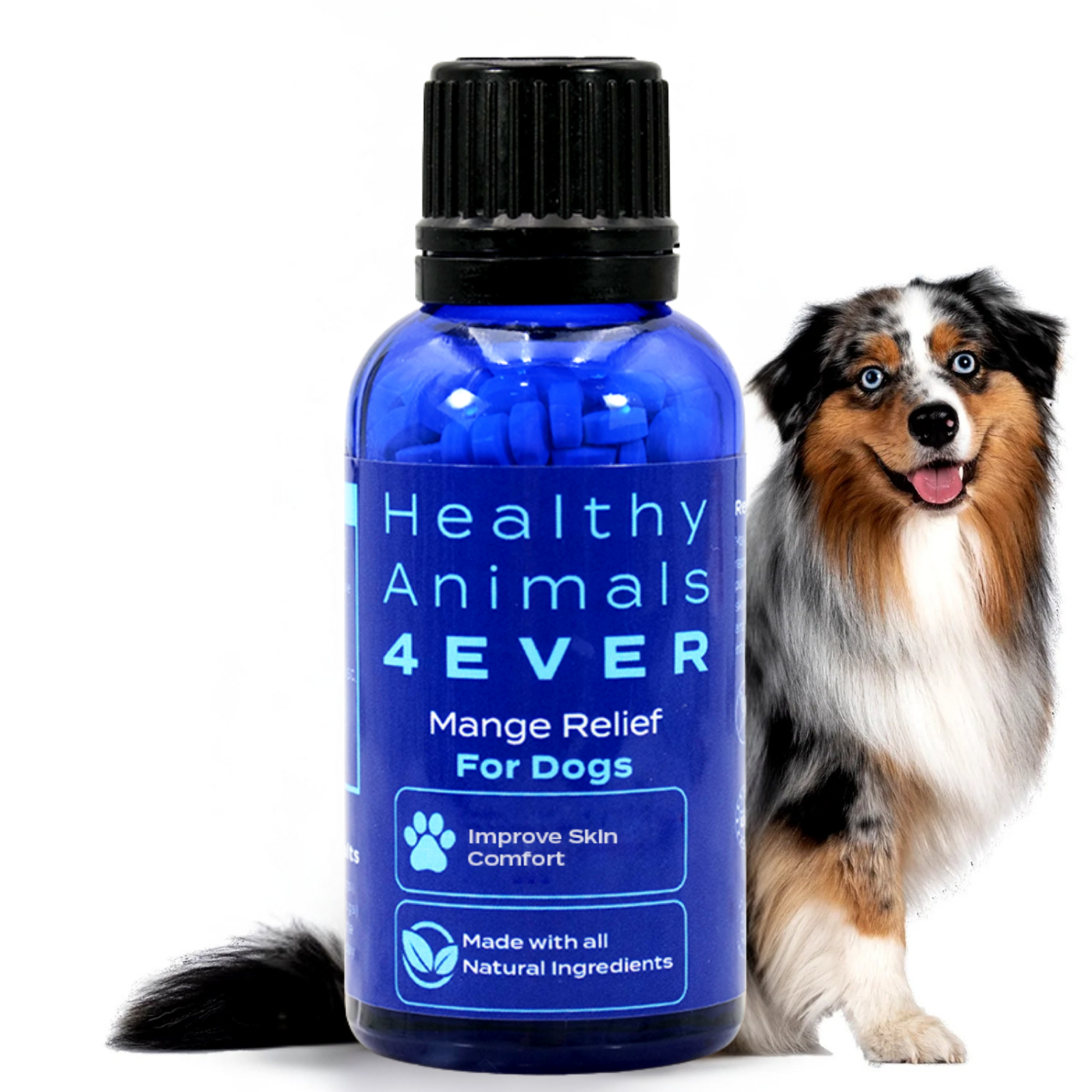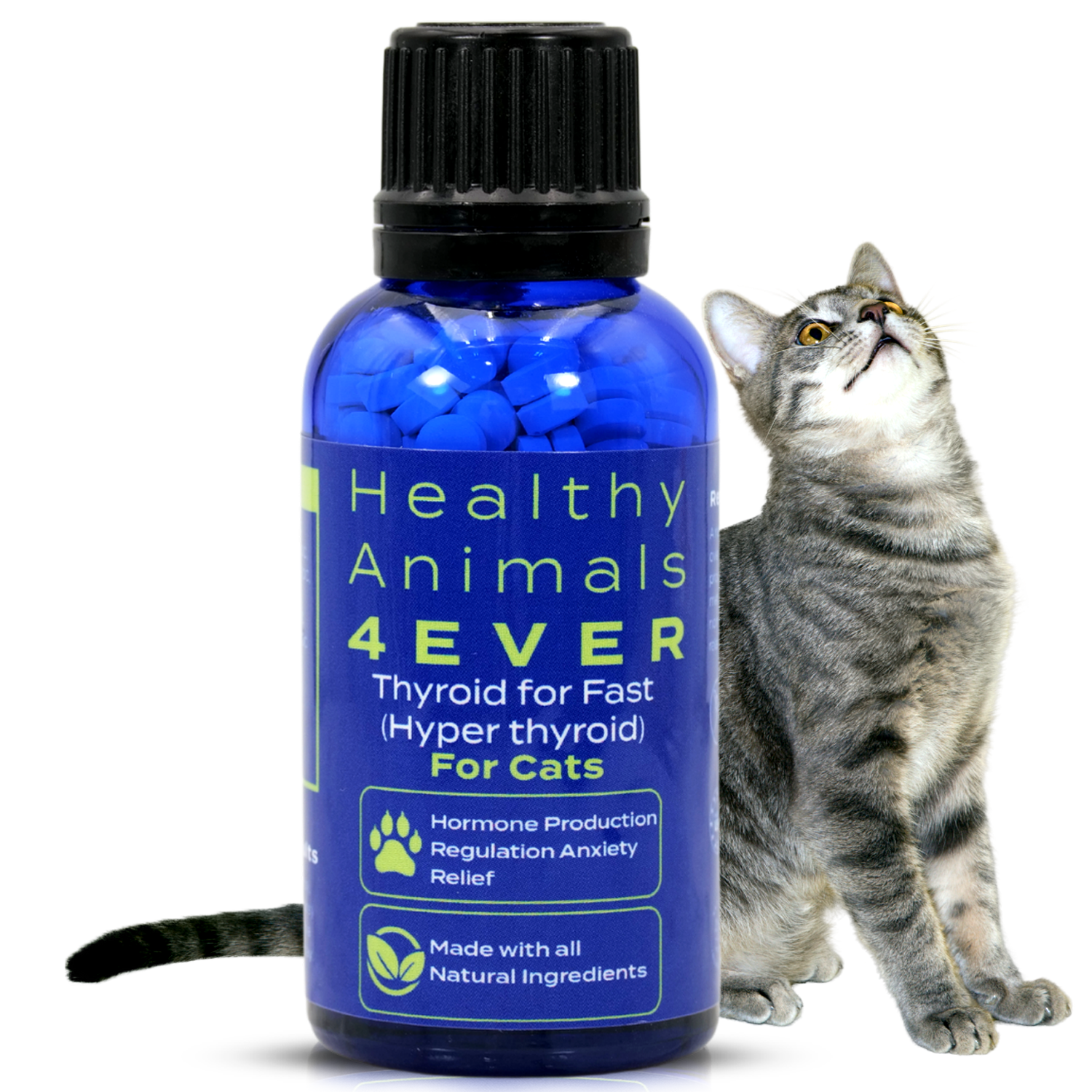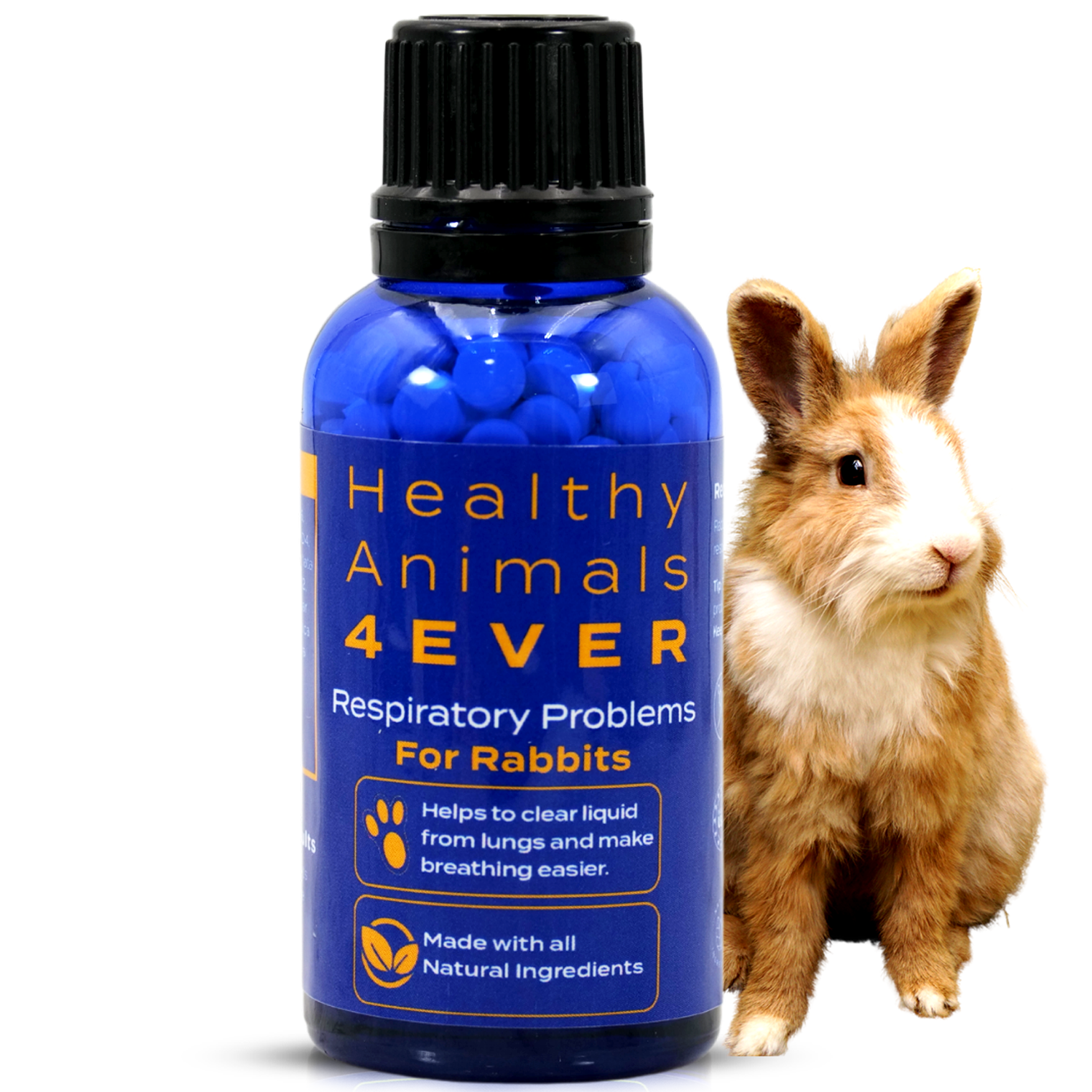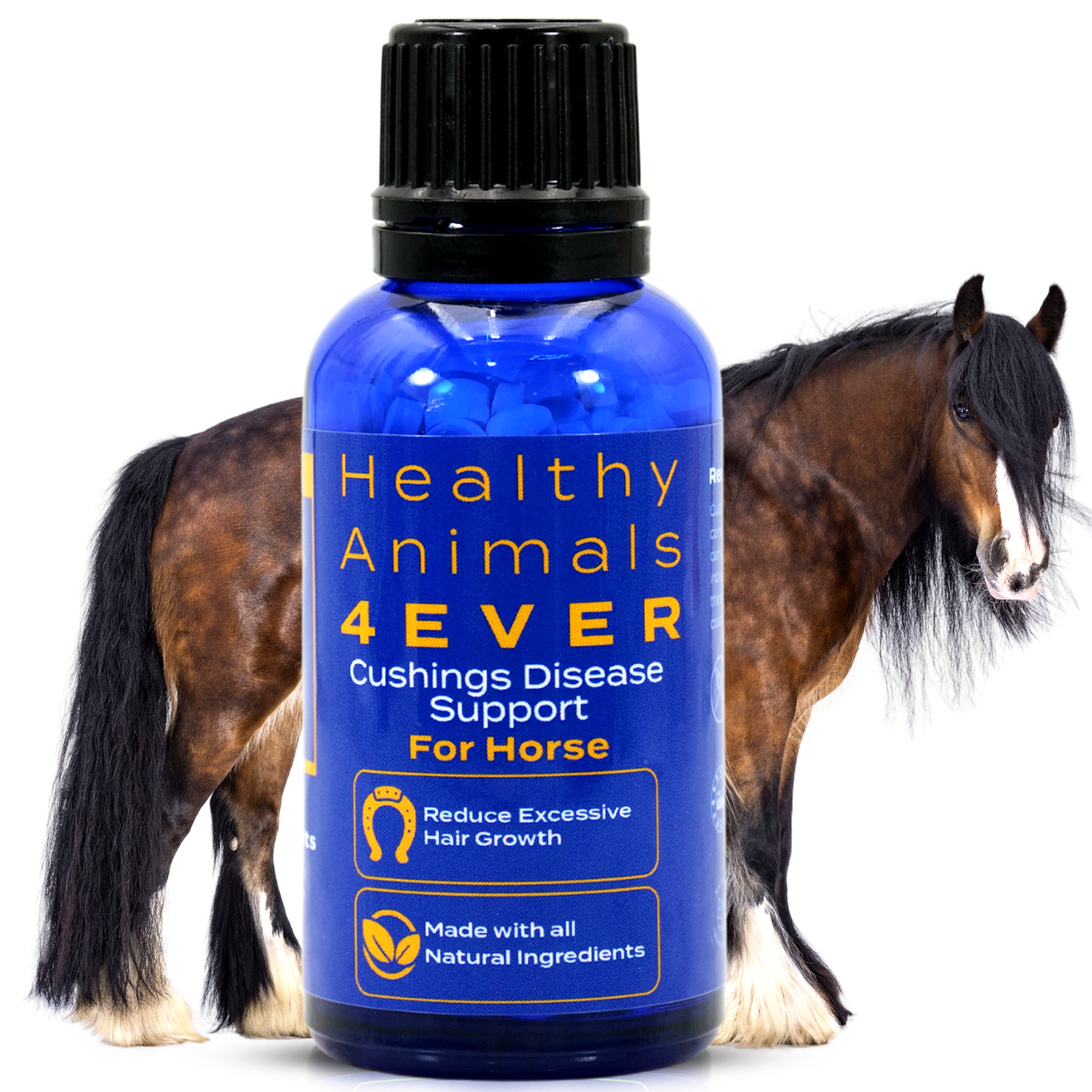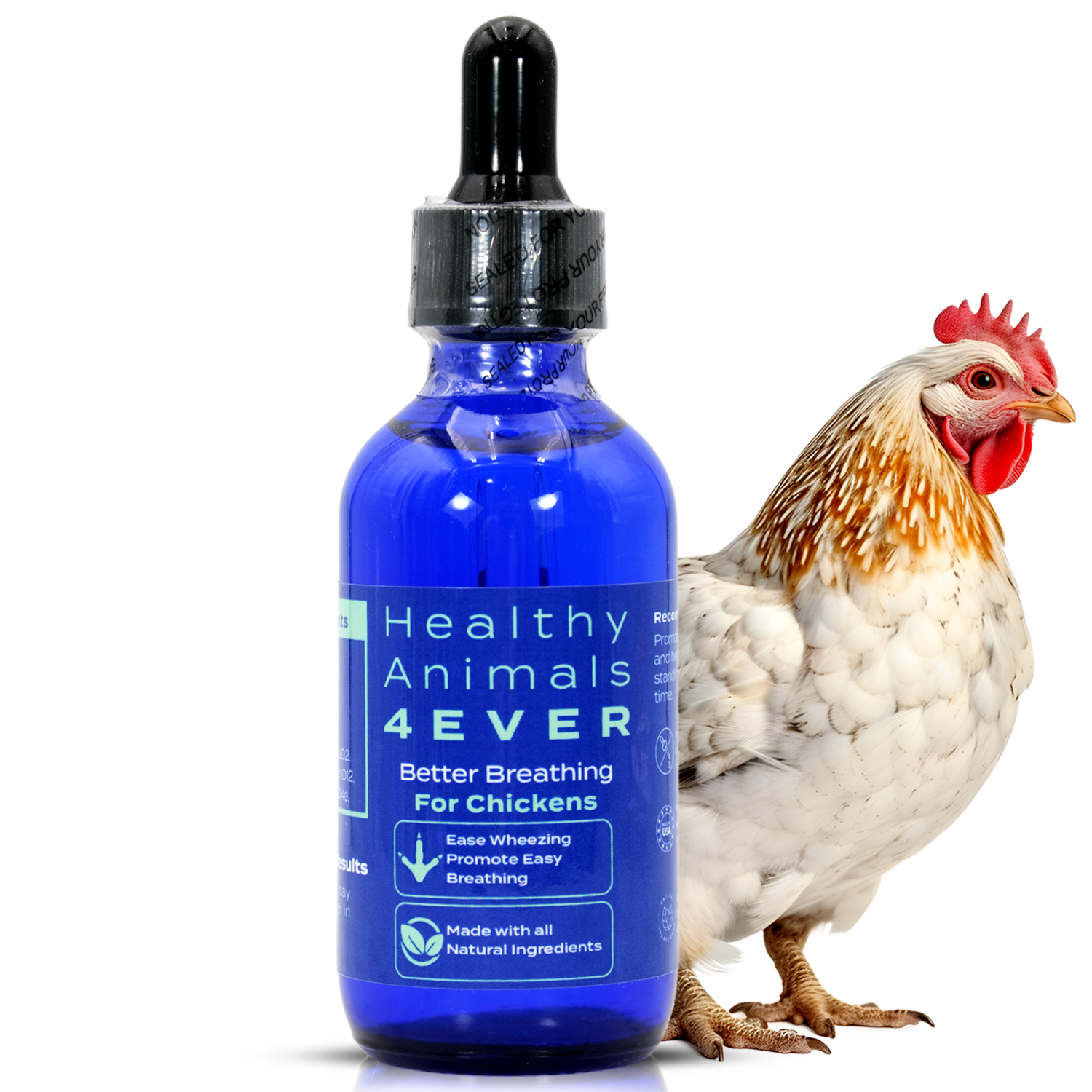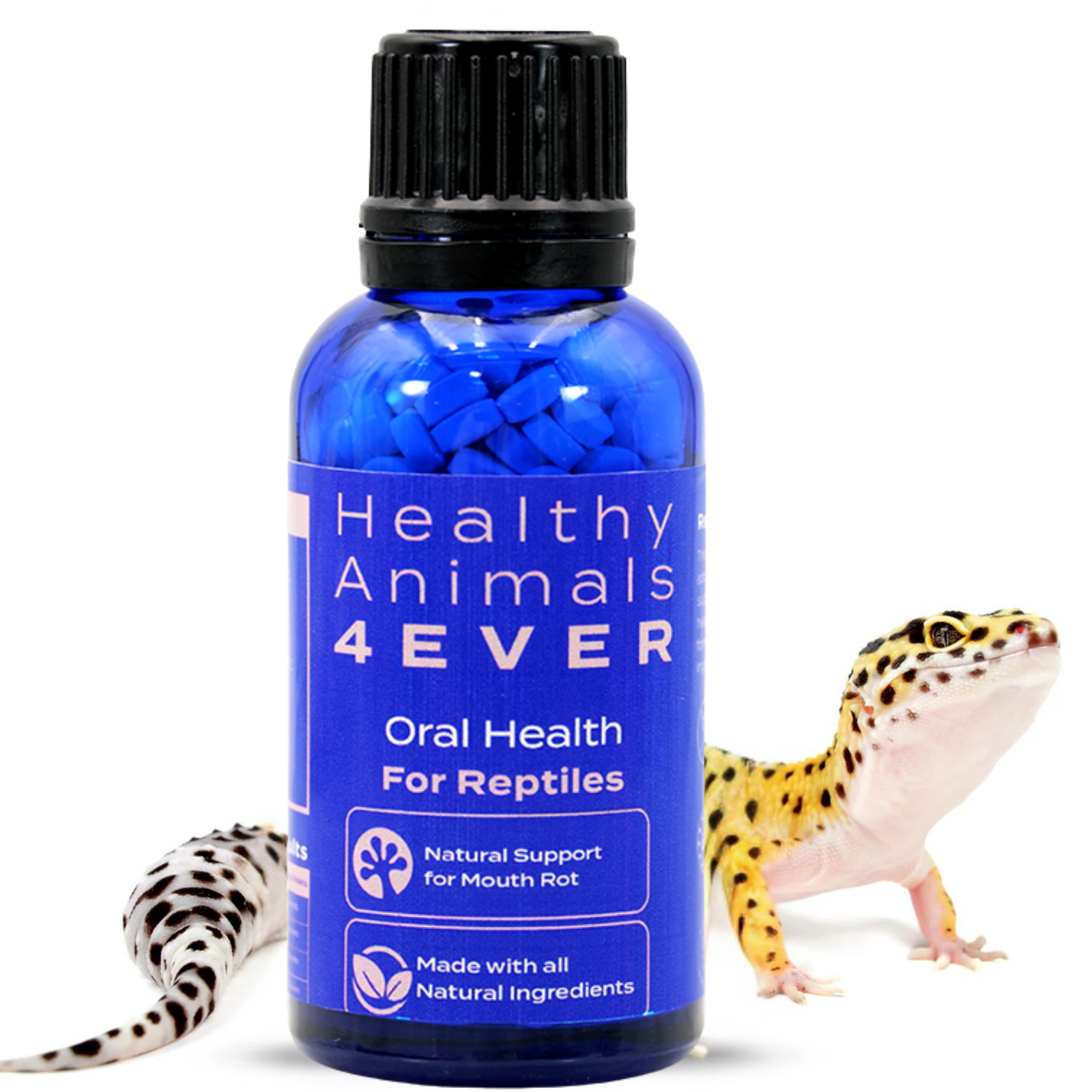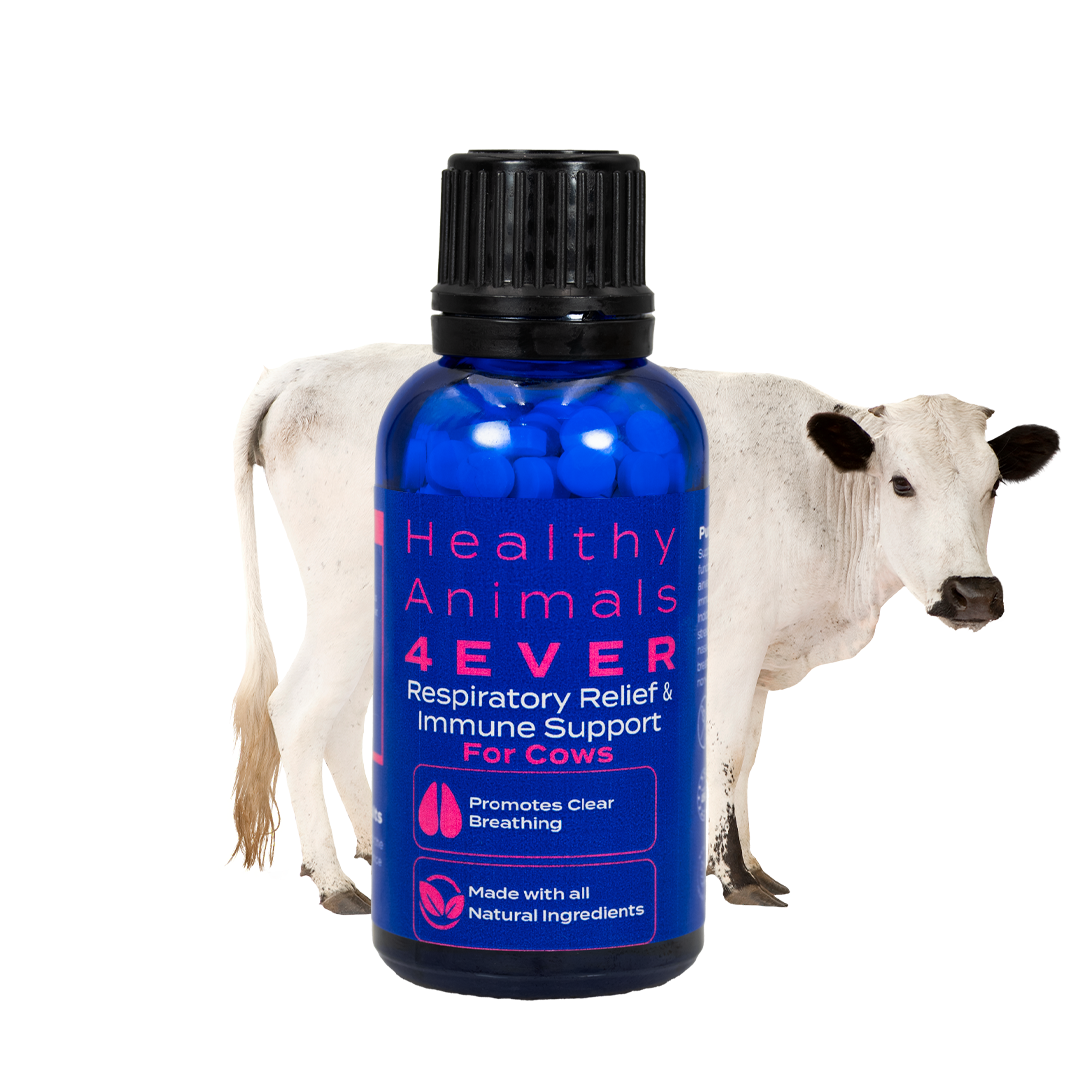Springtime Horse Care: How to Prepare Your Horse for Warmer Weather
As spring arrives, it brings warmer temperatures, longer days, and new challenges for horses and their caretakers. The change in seasons means adjusting your horse's routine, care, and environment to ensure they stay healthy, comfortable, and safe throughout the spring and summer months.
The shift from the colder winter to the warmer spring weather affects your horse in many ways. The temperature changes can influence their coat, diet, activity levels, and overall well-being. As a responsible horse owner, it's essential to understand these changes and know how to help your horse adapt smoothly to the seasonal shift.
In this blog, we will explore the basics of preparing your horse for warmer weather, focusing on the key aspects of springtime horse care. With some preparation and attention, you can ensure your horse remains happy, healthy, and ready to enjoy the benefits of the new season.
Horse Wounds Support is designed for wound care. Natural therapy for pain and inflammation in injured areas. Useful for wounds with bacterial infection or other harmful factors. All-natural formula. Safe and gentle for all horse breeds.
Grooming for Spring
Spring marks the start of shedding season, and a well-maintained grooming schedule will help keep your horse comfortable and healthy.
Shedding Season
During spring, many horses shed their winter coats to make way for a lighter summer coat. This process can leave behind a lot of loose hair, which can cause irritation if not properly managed. Regular grooming is essential to help your horse shed efficiently. Using a curry comb or shedding blade can help remove the excess hair. Pay attention to areas where the hair tends to clump, such as around the neck, shoulders, and belly.
Be patient, as the shedding process can last several weeks, depending on your horse's breed and the temperature. Brushing regularly will keep your horse looking neat and promote healthy circulation and skin.

Cleaning and Detangling
Along with shedding, spring grooming also involves checking for any tangles or mats in your horse's coat. These can form in areas where sweat and dirt gather, such as under the saddle or girth areas. You can gently work through tangles with a detangling brush or comb to avoid causing discomfort or pain to your horse.
After grooming, it's also essential to clean your horse's skin. A warm, damp cloth can be used to wipe down areas that tend to accumulate sweat and dirt, ensuring the skin stays clean and healthy.
Hoof Care
Spring is a time to inspect your horse's hooves more carefully. As the ground softens, hooves may become softer and more susceptible to damage, such as cracks or thrush (a bacterial infection). Be sure to check the hooves regularly for any signs of infection or injury.
Keep hooves clean by picking them out daily to remove dirt, stones, or debris. If your horse is kept in a pasture, regular trimming is necessary to keep their hooves in proper condition. A farrier should trim their hooves every 6 to 8 weeks, depending on how fast they grow.

By staying on top of grooming during the spring, you can ensure your horse remains healthy and comfortable as it transitions into warmer weather. Regular grooming not only helps your horse look its best but also provides an opportunity to check for any health issues that may require attention.
Hoof Issues Support is a natural remedy for hoof-related issues. Helps with cracked hooves, brittleness, and discomfort during movement. Promotes healthy hoof growth while soothing irritation. All-natural formula. Safe and gentle for all horse breeds.
Adjusting Diet for Warmer Weather
As the seasons change, so should your horse's diet. In spring, your horse may have access to fresh grass, which can affect their overall nutrition. It's essential to make adjustments to ensure they maintain a balanced and healthy diet as the weather warms.
Spring Grass and Fresh Pasture
One of the most significant changes in your horse's diet during spring is the availability of fresh pasture. While new grass can be beneficial, it can also bring some challenges. Spring grass tends to be richer in sugar and nutrients, which can lead to weight gain, colic, or laminitis (a painful condition affecting the hooves) if your horse overeats too quickly.
To manage this, gradually introduce your horse to fresh grass. Start by allowing them only a few hours of grazing each day, and slowly increase the time as their body adjusts. If your horse is prone to weight gain or metabolic issues, consider limiting their time on fresh pasture or providing supplemental hay to balance their diet.

Water Intake
As temperatures rise, your horse will need more water to stay hydrated. Horses can drink between 5 to 10 gallons of water per day, depending on factors such as their size, activity level, and the weather. Be sure your horse has access to fresh, clean water at all times.
If your horse spends more time outside in warmer weather, it's important to check their water troughs and buckets regularly to ensure the water isn't too warm or contaminated. Horses can be picky about drinking water, so keeping it cool and clean can encourage them to drink more.
Supplementing the Diet
You may need to supplement their diet as your horse adjusts to the new grazing season. If your horse is not getting enough nutrients from fresh grass or hay, consider adding vitamins, minerals, or other supplements to their feed. Talk to your veterinarian or an equine nutritionist to determine whether additional supplements are necessary for your horse's health.
While fresh grass provides many essential nutrients, it may lack some vitamins and minerals that your horse needs for optimal health. By ensuring your horse gets all the necessary nutrients, you can support its overall well-being as it moves into the warmer months.
Anemia Support is a natural remedy for anemia. Specially designed for low red blood cell production. Supports healthy blood levels. Boosts energy and vitality. It may help improve oxygen circulation. All-natural formula. Safe and gentle for all horse breeds.
Preparing for Seasonal Allergies
Spring brings more than just warmer weather and fresh grass; it also means an increase in dust, pollen, and other allergens that can affect your horse's health. Horses can suffer from allergies, and the spring season can trigger respiratory problems or skin irritations. It's essential to recognize the signs of allergies and take steps to manage them.

Dust and Pollen
As plants bloom and pollen is released into the air, your horse may show signs of allergies. Pollen can cause respiratory issues, such as coughing, nasal discharge, or wheezing. Dust from the barn or dry pastures can also irritate the lungs, leading to similar symptoms.
To help minimize exposure to these allergens:
- Keep your barn or stable area clean and well-ventilated. Regularly sweep and remove dust to reduce the amount of particles in the air.
- Try to limit your horse's time in dusty areas, especially during dry conditions or high pollen days.
- Consider using a dust or fly mask with a mesh that helps block airborne allergens.
Managing Respiratory Health
Horses with respiratory issues may need additional care during spring. Some signs of allergies or respiratory distress include labored breathing, a change in coughing patterns, or nasal discharge. If you notice any of these signs, it's essential to consult with your veterinarian.
In some cases, your vet may recommend medications such as antihistamines or corticosteroids to help manage the symptoms. These can help reduce inflammation in the airways and improve breathing. A humidifier in the stable can also help ease breathing, especially if your horse is sensitive to dry air.
Skin Allergies and Irritations
In addition to respiratory issues, some horses experience skin allergies in spring. Insects like flies, mosquitoes, and mites are more active during this time and can cause itching, hives, or rashes. To prevent these reactions, use fly sprays or natural repellents that are safe for horses.
For horses prone to skin irritation, consider investing in fly sheets or fly masks that cover the body and face. These can offer protection from insect bites and help reduce the likelihood of allergic reactions. Bathing your horse with a gentle, hypoallergenic shampoo can also help remove allergens from the skin. Be careful not to over-bathe, as this can dry out their coat and skin.
Taking these precautions and being proactive about your horse's health can help reduce the impact of seasonal allergies and keep your horse comfortable throughout the spring months. Always consult your veterinarian if you're concerned about allergy symptoms, as they can guide you on the best treatment options.
Natural and Homeopathic Remedies for Spring Allergies in Horses
If your horse is suffering from seasonal allergies, there are several natural and homeopathic remedies you can try to help alleviate their symptoms. These alternatives can be used in combination with traditional treatments or on their own, depending on the severity of your horse's condition. Here are some natural options to consider:
1. Herbal Remedies

Echinacea: Known for its immune-boosting properties, echinacea can help support your horse's immune system during allergy season. It's commonly used to reduce inflammation and fight off infections. You can administer it as a supplement or in liquid form. Be sure to consult with your veterinarian for the appropriate dosage.
Garlic: Garlic is known for its natural ability to repel insects and support the immune system. While garlic is not a direct remedy for allergies, it can help reduce the number of insects that cause skin irritation. Some owners mix garlic into their horse's feed, but it should be used in moderation.
2. Essential Oils
Certain essential oils can offer relief for allergy symptoms in horses. They can be diffused in the barn or applied topically (with proper dilution) to your horse's body. Be cautious; some essential oils can be toxic to horses, so always consult a veterinarian before using them. Here are some safe options:

Lavender: Known for its calming and anti-inflammatory properties, lavender can help soothe skin irritations and reduce anxiety caused by discomfort. It can also help support respiratory health by promoting easier breathing.
Peppermint: This oil has a cooling effect and can help clear up congestion or respiratory issues. Peppermint essential oil can be used in a diffuser or diluted in a carrier oil and applied to the horse's nostrils to help open up airways.
Tea Tree Oil: Tea tree oil has strong antibacterial, antifungal, and anti-inflammatory properties. It can help with skin allergies or irritations caused by insects. However, it should be used in small amounts and diluted in a carrier oil (such as coconut oil) to avoid irritation.
3. Homeopathic Remedies
Homeopathy focuses on treating symptoms with highly diluted substances that trigger the body's natural healing process. Some commonly used homeopathic remedies for horses with allergies include:

Arsenicum Album: If your horse shows signs of exhaustion, restlessness, or breathing issues during allergy season, this remedy might help. It is often recommended for horses with skin allergies or respiratory problems related to pollen and dust.
Nux Vomica: This remedy may help with horses that have digestive problems caused by allergies, such as bloating or discomfort after eating fresh pasture. It can also help with irritability and fatigue.
These natural and homeopathic remedies can support your horse during allergy season. Still, it's always best to work closely with your veterinarian. They can help guide you in choosing the best options based on your horse's specific needs and health condition.
Colic Support is a natural horse colic remedy. Useful for colic and related issues. Provides natural support for abdominal pain, bloating, and discomfort. All-natural formula. Safe and gentle for all horse breeds.
Regular Exercise and Adjusting Your Horse's Routine
As the weather warms, your horse's exercise routine may need to be adjusted to ensure they stay healthy and fit. The transition from colder to warmer weather can affect your horse's stamina and overall well-being, so it's important to gradually increase their activity levels while keeping an eye on their physical condition. A well-balanced exercise plan will help prepare your horse for the demands of the warmer months.

Gradual Increase in Activity
During the colder months, your horse's exercise routine may have slowed down due to colder temperatures or shorter days. As spring arrives, it's essential to gradually increase the intensity and duration of their workouts to avoid injury or overexertion.
Start with light exercise, such as walking or light trotting, and progressively build up to more strenuous activities like cantering or jumping. This gradual increase will allow your horse's muscles to adapt and rebuild their stamina after the winter months.
Monitoring your horse's response to the increase in exercise is essential. Watch for any signs of fatigue, such as heavy breathing, excessive sweating, or lameness. If you notice any of these signs, reduce the intensity and give your horse time to recover.
Adapting to Warmer Weather
The shift to warmer weather means that your horse will sweat more during exercise, which can lead to dehydration if not managed properly. Always provide fresh water before, during, and after exercise to ensure your horse stays properly hydrated.
Additionally, keep an eye on the temperature and humidity levels when scheduling exercise sessions. On hot days, try to exercise your horse early in the morning or later in the evening when the temperature is cooler. Avoid intense exercise during the hottest parts of the day to prevent heat stress.
Consider using lightweight, breathable blankets or sheets if your horse is spending more time outside during exercise. These can help keep them cool and protect their skin from sunburn.
Varying the Exercise Routine
To keep your horse interested and engaged, vary their exercise routine to include different activities. This not only prevents boredom but also works on different muscle groups.

Riding: Incorporating a mix of flatwork, lateral movements, and some jumping (if appropriate) will improve your horse's balance, flexibility, and coordination. These exercises also help build muscle and cardiovascular strength.
Groundwork: Groundwork exercises, such as lunging, can be an excellent way to improve your horse's flexibility and responsiveness. These exercises can also serve as a warm-up or cool-down session.
Trail Riding: Take your horse on trail rides to expose them to different terrains. This will build their strength and improve their balance. It also provides a good mental workout as they encounter new sights, sounds, and challenges.
By mixing up their routine, you can keep your horse mentally and physically fit while preventing the risk of overuse injuries.
Arthritis Support is a natural remedy for arthritis in horses. Helps with arthritis pain and inflammation. Provides targeted joint health support. All-natural formula. Safe and gentle for all horse breeds.
Stretching and Cooling Down
After each exercise session, make sure to cool your horse down properly. Allow them to walk for 10-15 minutes after more strenuous activity to gradually lower their heart rate and relax their muscles. This is important in preventing stiffness and promoting recovery.
Incorporating stretching exercises after exercise can help improve flexibility and reduce muscle tension. Some basic stretches can include bending your horse's neck and gently stretching their legs. Make sure to perform stretches slowly and carefully to avoid injury.
As you adjust your horse's exercise routine for warmer weather, it's essential to monitor their overall health. Please pay attention to changes in their behavior, body condition, or energy levels. If you notice any issues, such as a decrease in appetite, unusual lameness, or a sudden drop in energy, it may be a sign of illness, fatigue, or injury.
Having a routine check-up with your veterinarian before increasing your horse's exercise load can ensure they're in good health and able to handle increased physical activity. A professional can also provide advice tailored to your horse's specific needs.
The Bottom Line
As we've seen, preparing your horse for the warmer months isn't just about physically ensuring they're in shape; it's also about considering their overall health and comfort. From adjusting their diet and exercise routine to ensuring they stay cool and protected from pests, every little detail counts when keeping your horse healthy during spring.
By taking the time to help your horse through the changes in weather and environment, you'll keep them happy and comfortable and set them up for a safe, active season ahead. Regular check-ups, a balanced diet, proper exercise, and natural remedies all play an essential role in supporting your horse's health and well-being.
It's all about ensuring they're ready for spring demands while keeping them as comfortable as possible. Proper springtime horse care lets your horse enjoy the warmer months and stay healthy.


